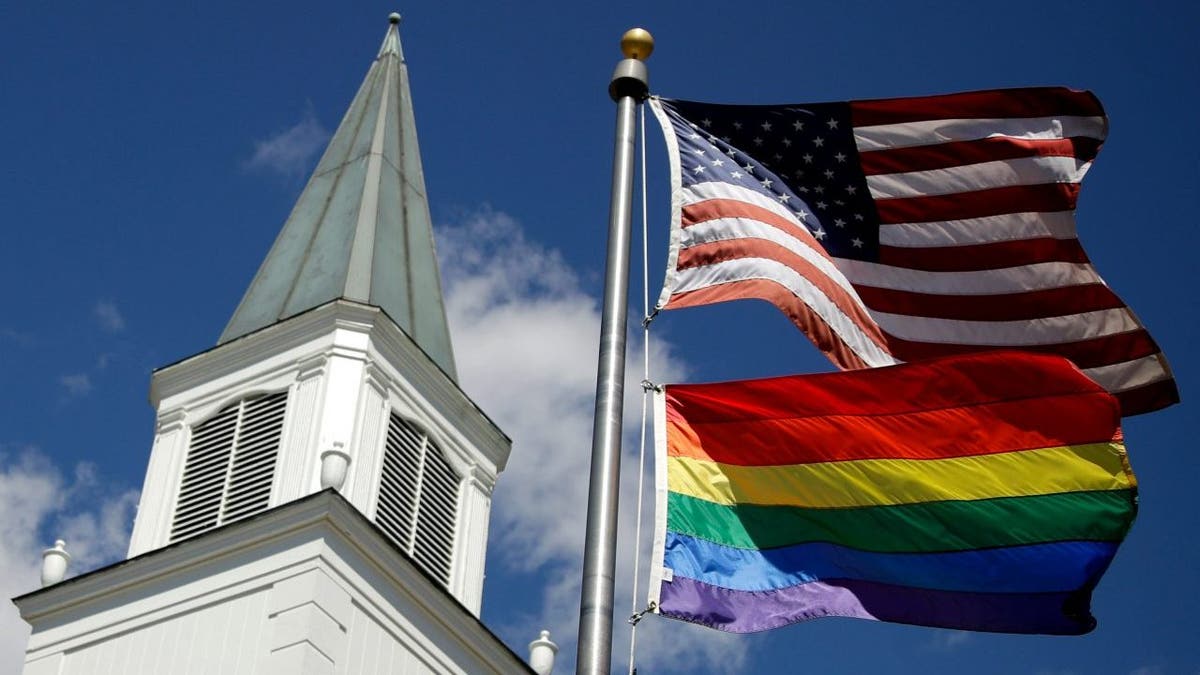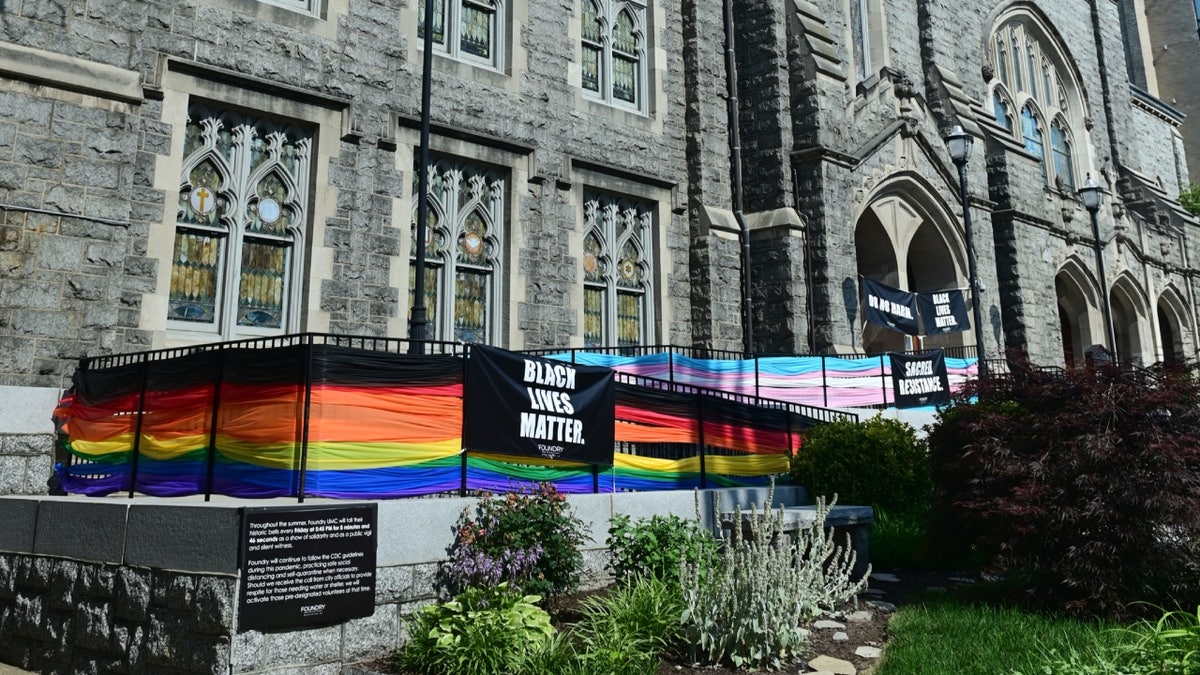Over 6,000 United Methodist Church (UMC) congregations in the US, representing approximately 20% of the denomination, have officially disaffiliated, marking a significant schism within the church. This exodus involves substantial financial settlements as departing congregations pay to sever ties with the UMC.

A Pride flag flies alongside the U.S. flag at Asbury United Methodist Church in Prairie Village, Kansas. (AP Photo/Charlie Riedel, File)
While UMC leadership expresses regret over the departures, emphasizing the importance of unity within the body of Christ, the disaffiliations continue. The primary reason cited for the separations is the ongoing debate surrounding same-sex marriage and the ordination of LGBTQ+ clergy. The UMC's repeated postponement of a definitive decision on these issues has fueled frustration, particularly among conservative congregations.

Bishop Thomas Bickerton, president of the UMC's Council of Bishops. (Rob Kim/FilmMagic)
Although the 2019 General Conference voted to uphold existing bans related to LGBTQ+ inclusion, the subsequent delays in formally addressing the division have prompted many churches to seek disaffiliation under Paragraph 2553 of the Book of Discipline. This provision, which expires at the end of 2023, allows churches to leave with their property after fulfilling certain requirements, including a two-thirds congregational vote, approval from the regional body, and financial settlements covering pension liabilities and apportionments.

Foundry United Methodist Church in Washington, D.C., displaying Pride and Progress flags. (Shannon Finney/Getty Images)
Many departing congregations are joining the newly established Global Methodist Church or opting to remain independent. However, the disaffiliation process has not been without its challenges, with some churches encountering financial and legal obstacles related to property ownership, leading to legal disputes in several states.








